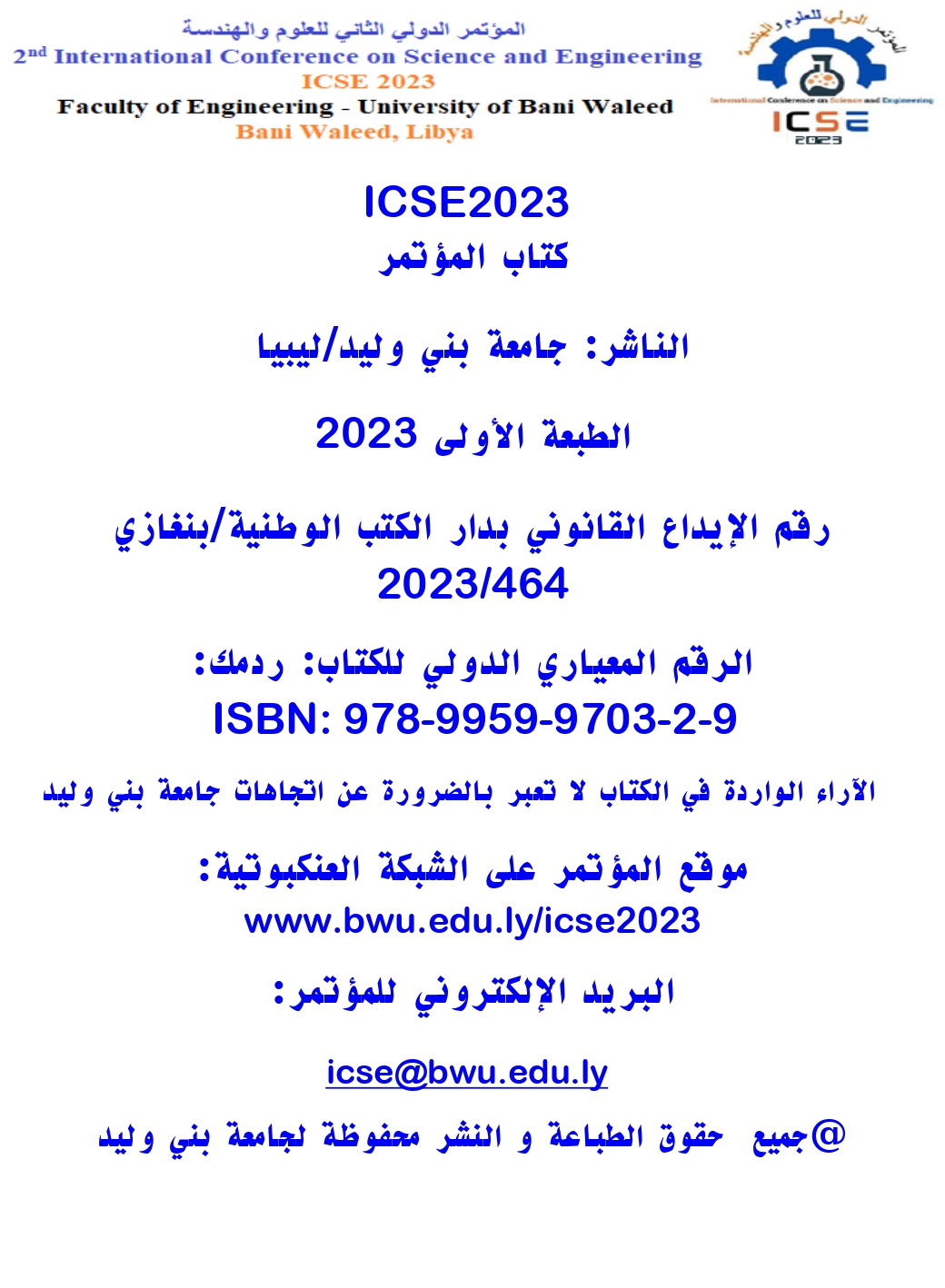Performance Enhancement of Orthogonal Frequency Division Multiplexing system for Mitigation of Narrowband Interference over Additive White Gaussian Noise.
DOI:
https://doi.org/10.58916/jhas.v8i3.159Keywords:
Orthogonal Frequency Division Multiplexing, Bit Error Ratio, NarrowBand InterferenceAbstract
Abstract: An essential component of multicarrier digital data transmission systems is orthogonal frequency division multiplexing (OFDM), which divides a single data stream into a number of lower-speed subcarrier signals. This new standard for data transmission is the first to use OFDM in a communication system that uses data packets. To achieve high throughput and good transmission quality in wireless communication networks, parallel transmission of data symbols is implemented as an abstraction. A way to handle concurrent transmission is via OFDM.
The performance of the bit error ratio (BER) is improved in this paper when the transmission channel's SNR is altered. Here, SNR is increased while BER is decreased. However, OFDM does not exhibit resilience to narrowband interference (NBI) in its present implementation. It is advised to use an OFDM system with CI to lower the NBI of the OFDM system. Using orthogonal CI spreading codes, the CI code distributes each of the N low-rate symbol streams across all N subcarriers. With little system complexity increases, the high NBI is reduced. Furthermore, the system performs much better than the conventional method in terms of bit error rate (BER). A carrier-interferometry OFDM system's performance has been compared to that of OFDM. It has been found that one of these systems can minimize the symptoms of NBI. The development of a MATLAB software to simulate a basic OFDM system is used to support this work. An completed MATLAB application can be used to explore the characteristics of an OFDM system. This process of development may be used to study the workings of an OFDM system.
Downloads
References
H. Lu, T. Xu and H. Nikookar, “Cooperative Communication over Multi-scale and Multi-lag Wireless Channels”, book chapter in “Ultra Wideband”, InTech publisher, ISBN 978-953-51-0781-1. Oct. 2012.
A. R. Forouzan, and M. Moone, “Precursor inter-symbol interference removal by block transmission-based time-reversed equalization,” EURASIP Journal on Advances in Signal Processing , Dec. 2013.
C. Zhang,“Cognitive Non-Continuous Carrier Interferometry Orthogonal Signal Division Multiplex Transmission In Autonomous Vehicular Communications”, IEEE Journal on Selected Areas in Communications, pp.:37-47,Vol.:29, Issue: 1, 2011.
D. Wiegandt, Z. Wu, and C. R. Nassar, “High performance carrier Interferometry OFDM WLANs: RF testing,” IEEE International Conference on Communications (ICC), pp.: 203-207, vol. 1, 2003.
A, SALEH,"The Bit Error Rate (BER) Performance in Multi-Carrier (OFDM) and Single-Carrier". Electronic Theses and Dissertations. Paper 744, 2012.
S. Hara and R. Prasad, “Overview of multi-carrier CDMA”, IEEE Commun. Mag., pp. 126–133, vol. 35, no. 12, Dec. 1997.















